
~ Venus & Waning Crescent Moon in a moody pink twilight sky ~
At 5.20am on the 9th March 2024
I woke up at 5am and looked out my window and saw this beautiful view of brilliant Venus close to a waning crescent Moon in a pretty pink twilight sky.
I quickly ran out of the bedroom, grabbed my camera and tripod to capture some images before the clouds came rolling in…. to my delight I managed to get some photo’s :-)
Images were taken with a Canon 70D camera and a Tamron 28-400mm lens on a tripod; the screen shot was from Stellarium Mobile planetary App…this is an excellent App and it's FREE!








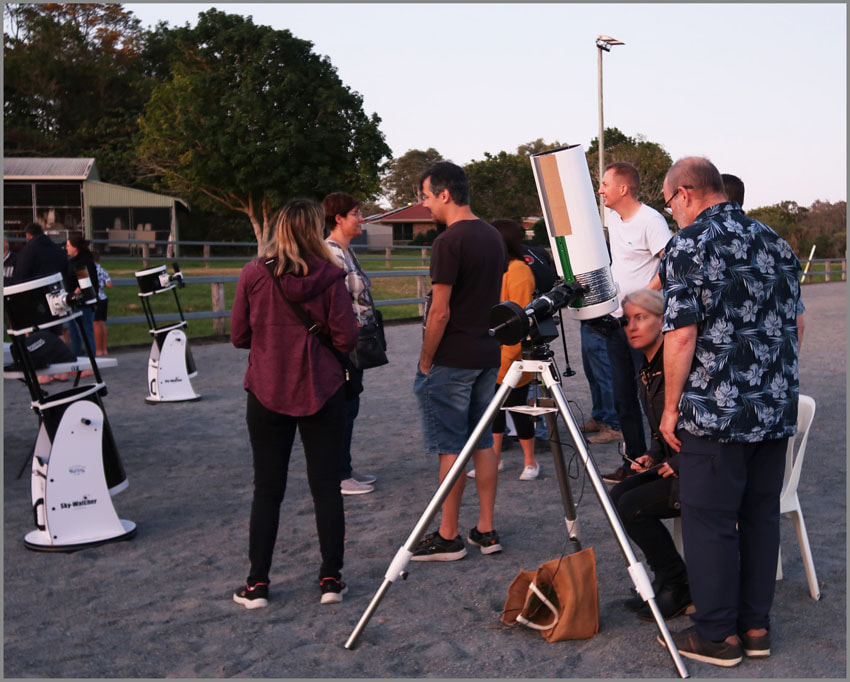



















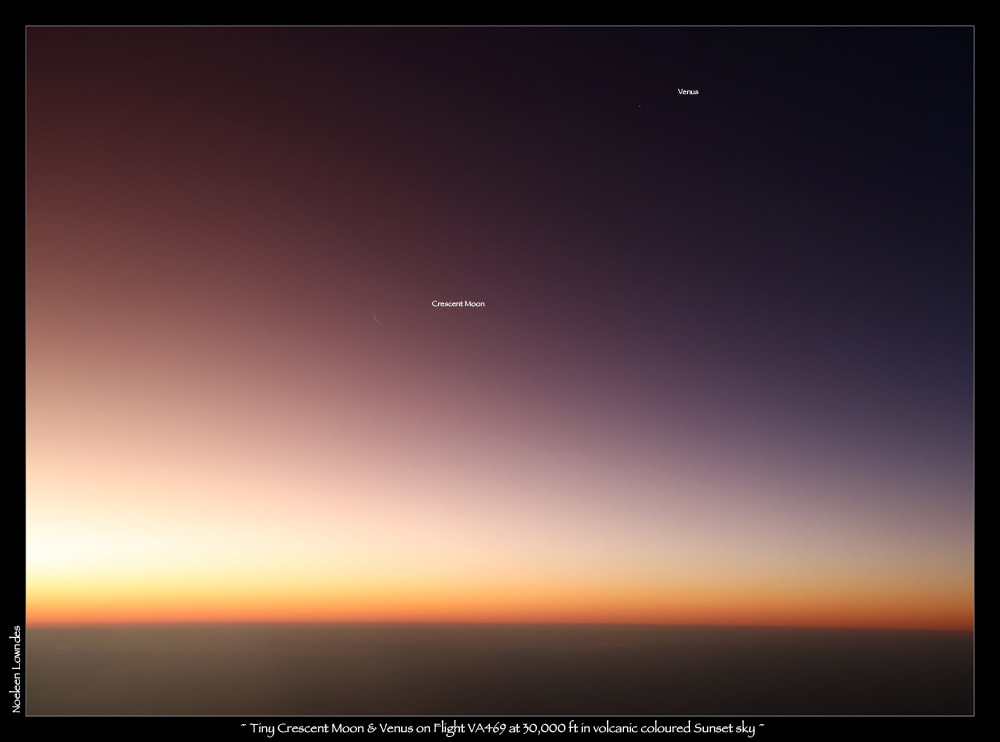


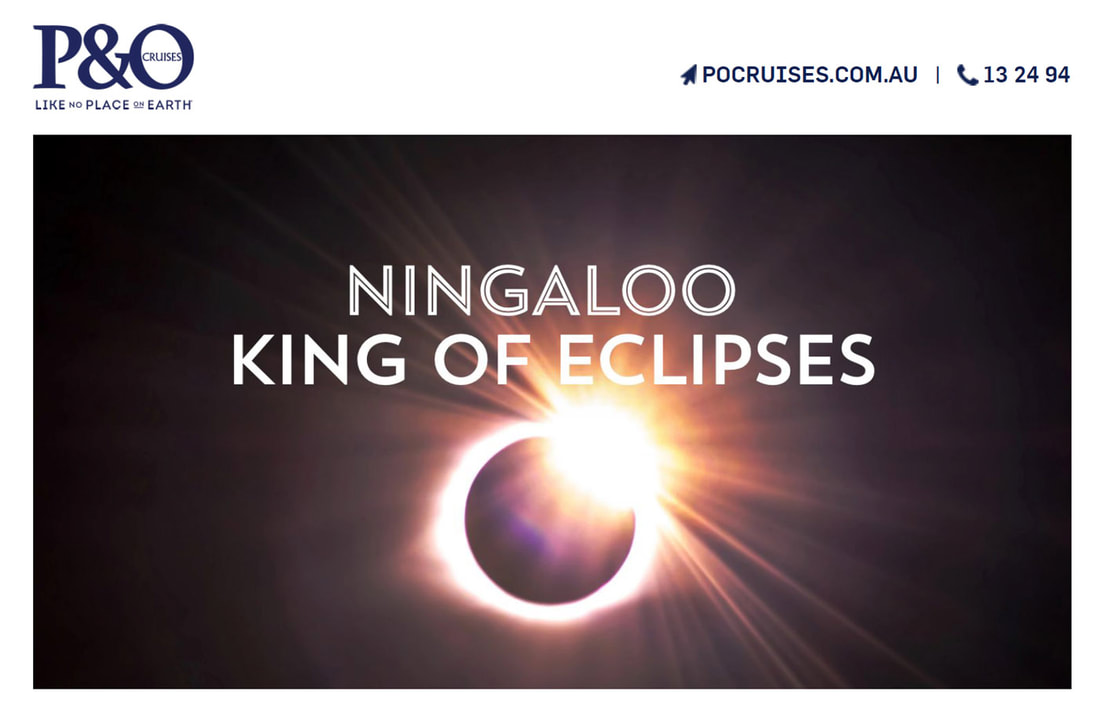


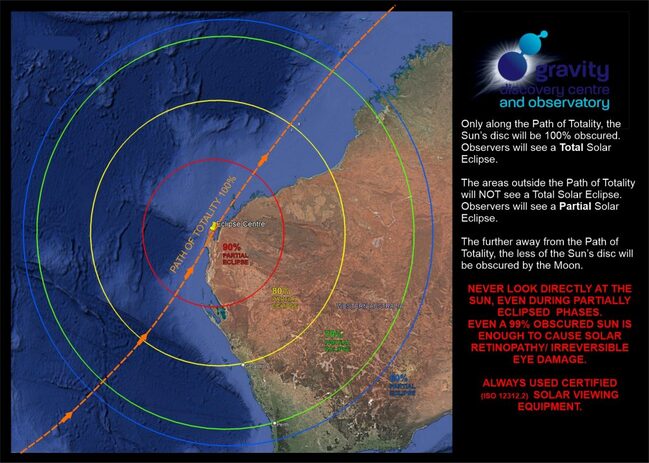
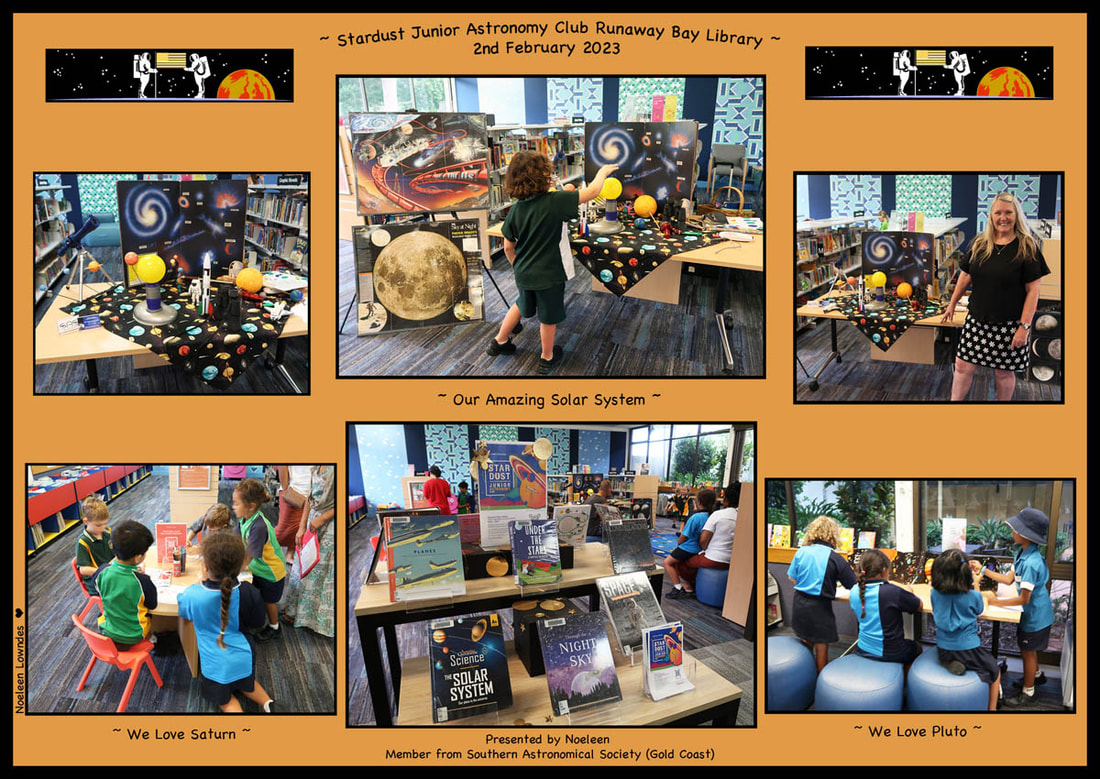

 RSS Feed
RSS Feed
